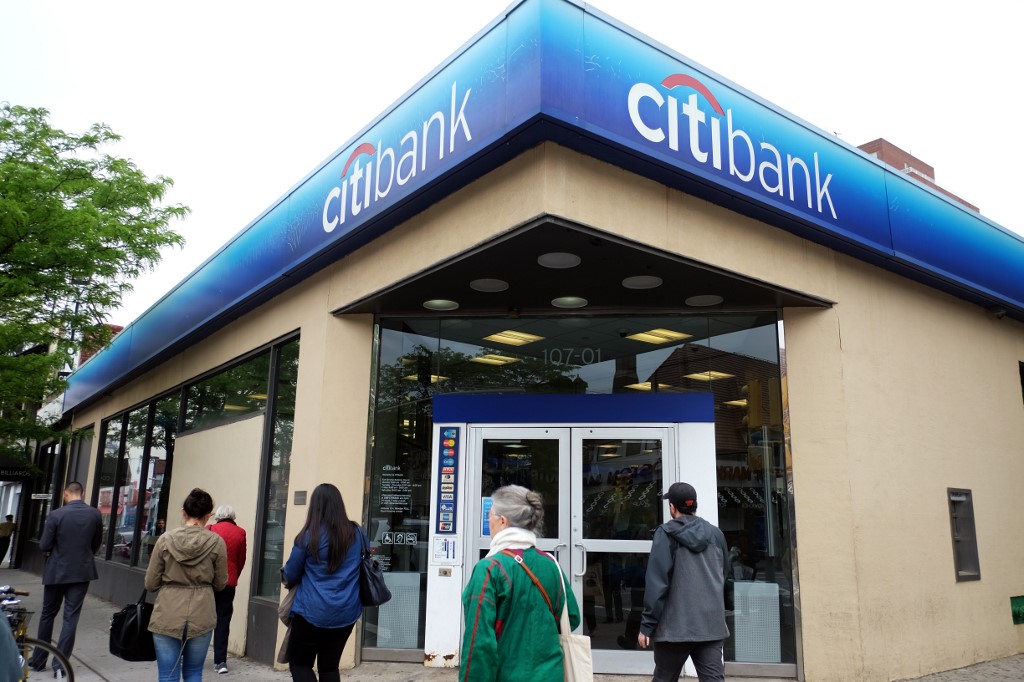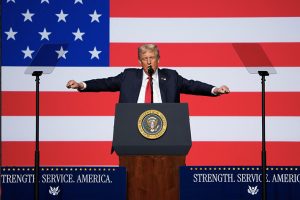Three major US banks have set aside an additional $23 billion as a backstop against bad loans, highlighting the brittle state of the US economy due to the coronavirus pandemic, the companies said on Tuesday.
Even amid gradual signs of a rebound as businesses reopen, the measures to contain Covid-19 have caused a devastating hit and millions of lost jobs in the world’s largest economy.
That has raised fears companies will find it hard to pay their debts and households will not be able to pay their home mortgages, car loans and credit cards.
The three banks suffered a collective hit of $5 billion from bad loans in the latest quarter, and while executives said they hoped that would mark the deepest hit from credit issues, they acknowledged that the health of the loans depends on the evolution of Covid-19.
The virus cases and death toll have worsened in the US since the end of the quarter on June 30, leading officials in California, Texas and other states to revive restrictions after reopening their economies.
“The pandemic has a grip on the economy and it doesn’t seem likely to loosen until vaccines are widely available,” said Citigroup CEO Michael Corbat.
Corbat said consumer spending in states with bad Covid-19 trends had declined somewhat in recent weeks, but not as much as in the “darkest days” earlier in the spring.
JPMorgan Chase beefed up its reserves with another $8.9 billion, more than the backstop in the first quarter, and now expects a more “protracted” economic recovery, Chief Financial Officer Jennifer Piepszak said.
JPMorgan Chief Executive Jamie Dimon said the bank was “prepared for all eventualities as our fortress balance sheet allows us to remain a port in the storm.”
Meanwhile, Citigroup added $5.6 billion in reserves also due to “deterioration” of the outlook, as well as downgrades in loan quality due to the virus, the bank said in a statement.
And Wells Fargo put another $8.4 billion in reserves in the second quarter, pointing to the “unprecedented” nature of the pandemic.
The reserve increases led to steep drops in profits at JPMorgan and Citigroup, although the banks benefitted from improvements in some divisions, such as trading.
However, Wells Fargo reported a loss of $2.4 billion, compared with $6.2 billion in profits in the year-ago period. The bank, which unlike the others does not have major trading division, said it was cutting its dividend to 10 cents a share from 51 cents.
Wells Fargo chief executive Charlie Scharf said the bank is “extremely disappointed” in the decision, but “our view of the length and severity of the economic downturn has deteriorated considerably from the assumptions used last quarter.”
Trading is bright spot
At JPMorgan, net income fell 51% to $4.7 billion, translating into earnings-per-share that topped analyst forecasts. Revenues jumped 15% to $33.8 billion, its highest ever for a quarter.
While the bank reported a loss in consumer and commercial banking, it garnered a big profit increase in its corporate and investment bank division, while trading revenues soared amid volatility in financial markets.
Conditions in May and June were eased by a flood of government funding, but while the bank expects more stimulus will be forthcoming, that is not certain, Piepszak said in a conference call with reporters. And the bank expects double-digit US unemployment to persist through the middle of 2021.
At Citigroup, net income fell 73% to $1.3 billion, while revenues rose 5% to $19.8 billion, boosted by higher revenues in its institutional clients group that offset a decline in consumer banking.
Wells Fargo said its exposure included loans tied to problem industries such as oil and gas, real estate and entertainment recreation.
Continued support ‘vital’
Meanwhile, The US economy continues to face headwinds due to the coronavirus pandemic that will make continued government support “vital,” Federal Reserve Governor Lael Brainard said on Tuesday.
The recovery in the world’s largest economy “is likely to face headwinds for some time,” and with virus cases on the rise, “a second wave would magnify that challenge,” she said in a speech to the National Association for Business Economics.
“Fiscal support will remain vital.”
The Fed has pumped out trillions of dollars to keep financial markets operating, and offered huge lending programs for companies and state and local governments.
Congress, meanwhile, approved the $2.2 trillion CARES Act, which includes grants to companies of all sizes, direct payments to households and expanded unemployment benefits.
Describing the pandemic as “unprecedented in modern times for its severity and speed,” Brainard called for “a sustained commitment” to stimulus by the Fed “along with additional fiscal support.”
While employment and economic activity rebounded in June far faster than expected, nearly 15 million jobs have not been restored since the crisis started, and much of the pain has fallen on black and Hispanic workers.
The economic recovery is likely to take some time, especially with signs that some companies are struggling to survive.
“The recent resurgence in Covid cases is a sober reminder that the pandemic remains the key driver of the economy’s course,” Brainard said.
She signalled support for holding off on raising interest rates until inflation hits the central bank’s 2% target, even if that means it might overshoot.
That seems a distant possibility.
The Labor Department said on Tuesday that the Consumer Price Index jumped 0.6% in June – the biggest increase since August 2012 – as gasoline prices surged after falling sharply amid the pandemic.
But for the 12 months ended in June, CPI was up just 0.6%, far from the Fed’s target.
AFP





















